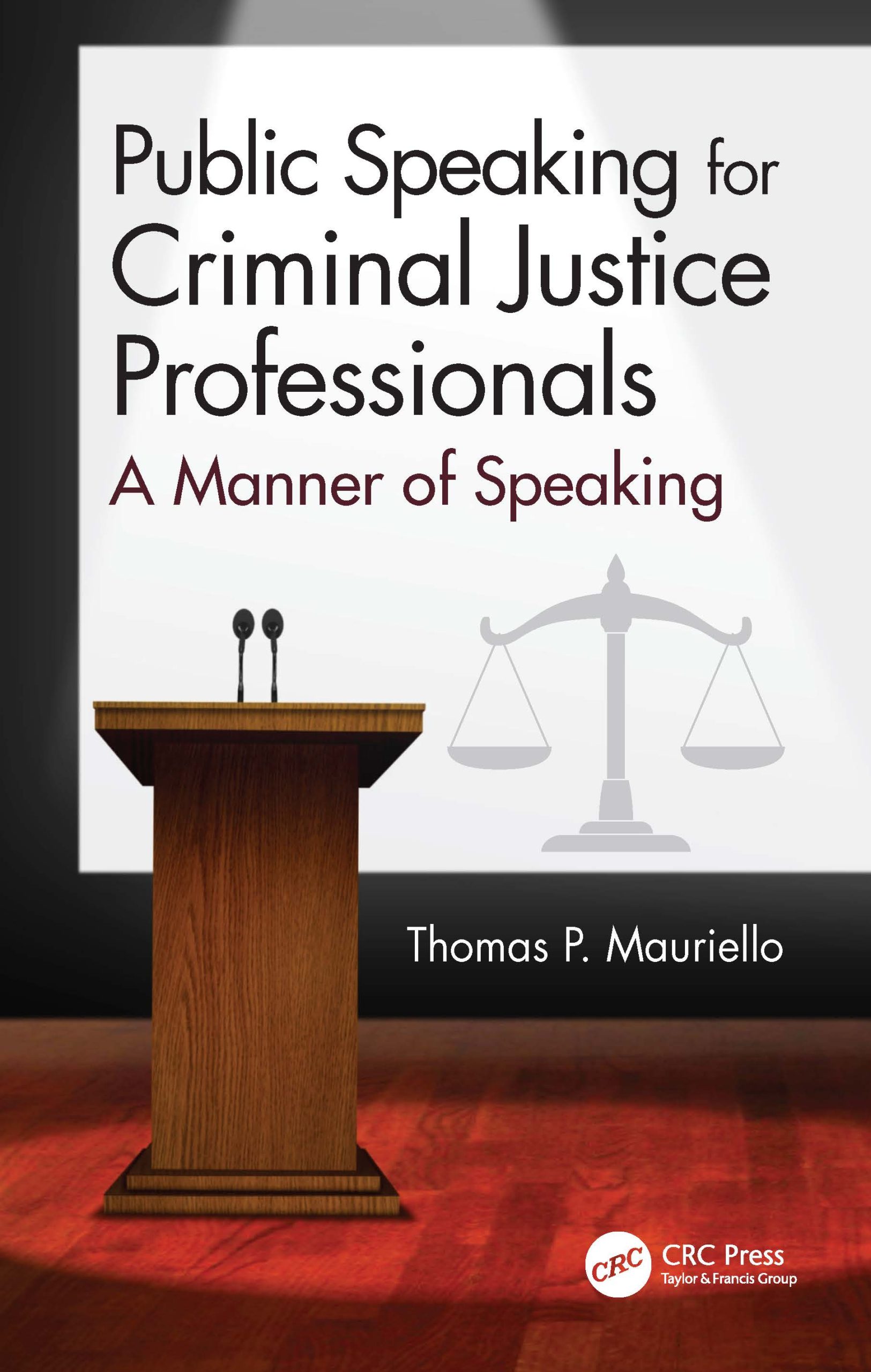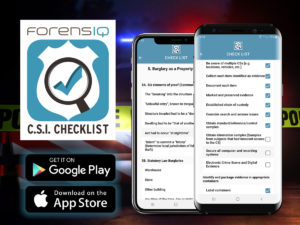Back to the Basics: Effectively Sketching a Crime Scene
There are numerous pieces of equipment and types of technology that can be used to diagram and map crime scenes. However, it is always good to be able to sketch a scene by hand if necessary. This article provides various tips, guidelines, and pointers, as well as diagrams that can help you sketch a scene effectively and accurately. These tips focus heavily on taking accurate measurements and four basic techniques that can be used to measure a scene.
Click here to read the full article.
[Abstract Written by Walter Tates, ForensIQ-Inc. Intern, 050814]
The National Institute of Standards and Technology Seeks Applicants to Join Forensic Science Committees
The National Institute of Standards and Technology (NIST) is accepting applications from members of the forensic science, criminal justice, and academic research communities to serve on the Organization of Scientific Area Committees (OSAC). The OSAC, which will include a Forensic Science Standards Board, three resource committees, five scientific area committees, and twenty-three discipline-specific committees, will seek to develop national standards and guidelines for forensic science practitioners throughout the United States. The OSAC’s findings and publications, which will provide standards and guidelines to improve quality and consistency in forensic science, will be available to the public free of cost.
Only 400 applications have been received since the process opened on April 11, 2014 and the NIST needs approximately 600 experts to fill the open positions. If you are interested please review the roles and responsibilities for each membership category of OSAC and apply for membership. Applications are due 11:59 PM EDT, Sunday, May 11, 2014!
Click here for more information about the NIST and OSAC!
Click here to view the online application!
Source: The National Institute of Standards and Technology (NIST)
[Abstract written by Noel Andres, ForensIQ Intern, 5/1/2014]
Talk Forensics – Digital Evidence Series
Talk Forensics is a new digital evidence series show that is brought to viewers by DFI News Digital Forensic Investigator© and Forensic Magazine.
The topic for discussion for their debut show is “Warrants.” Join Patrice Galvin, Editorial Director of DFI News and Forensic Magazine, in Episode 1, as the show examines how warrants apply to cell phones, computers, and other types of digital evidence.
Additional topics for discussion will include the Plain View Exception Controversy, Properly Preparing a Search Warrant, and Seeking Proper Legal Authority for Warrants. Talk Forensics seeks to engage and inform viewers about topics specifically related to the field of forensics. For more information about the series or to view the series click on the link below.
Click here for the link to the Talk Forensics digital evidence series!
Source: Forensic Magazine
[Abstract written by Noel Andres, ForensIQ Intern, 4/24/14]
Touch DNA – The Basics
The topic of touch DNA has become more prevalent in the field of forensics. This article walks you through all of the need to knows about touch DNA from its history, to how to handle it in the lab. Topics of this article include how touch DNA is left at a crime scene, how to process a crime scene being mindful of touch DNA, ways to prevent contamination of touch DNA evidence, and even a heads up on problems that may arise when dealing with touch DNA.
Click here to read the article.
[Abstract by Walter Tates, ForensIQ Inc. Intern, 041014]
Fun Crime Scene Cheat Sheet Infographic
This infographic gives a quick visual representation of the different types of crime scene professionals and the work each must contribute to collectively solve a crime. Quickly yet clearly, this inforgraphic summarizes some of the key concerns and uses of evidence found at a crime scene by giving brief descriptions on: how to lift fingerprints, suggesting clues to look for while estimating the time of death, the use of forensic entomology, analyzing DNA profiling and bloodstains patterns, and describing the process of how an autopsy is completed. Do not substitute this crime scene cheat sheet infographic for training, but use it as a guide for recalling tips and advice of the different types of crime scene professionals and their work.
Click here to view the fun crime scene cheat sheet infographic!
Source: Forensic Nexus
[Abstract written by Noel Andres, ForensIQ Intern 3/6/14]
Protecting the Crime Scene at the Initial Response
Protection of a crime scene begins with the initial responding officer, and because of this, it is important for responding officers to know what should be done to make sure that the crime scene is not tampered with or disturbed. This brief article provides the basic procedures that all initial responding officers should follow to ensure that they are doing their part to protect a crime scene.
Click here to view the full article.
[Abstract by Walter Tates, ForensIQ-Inc. Intern.]






